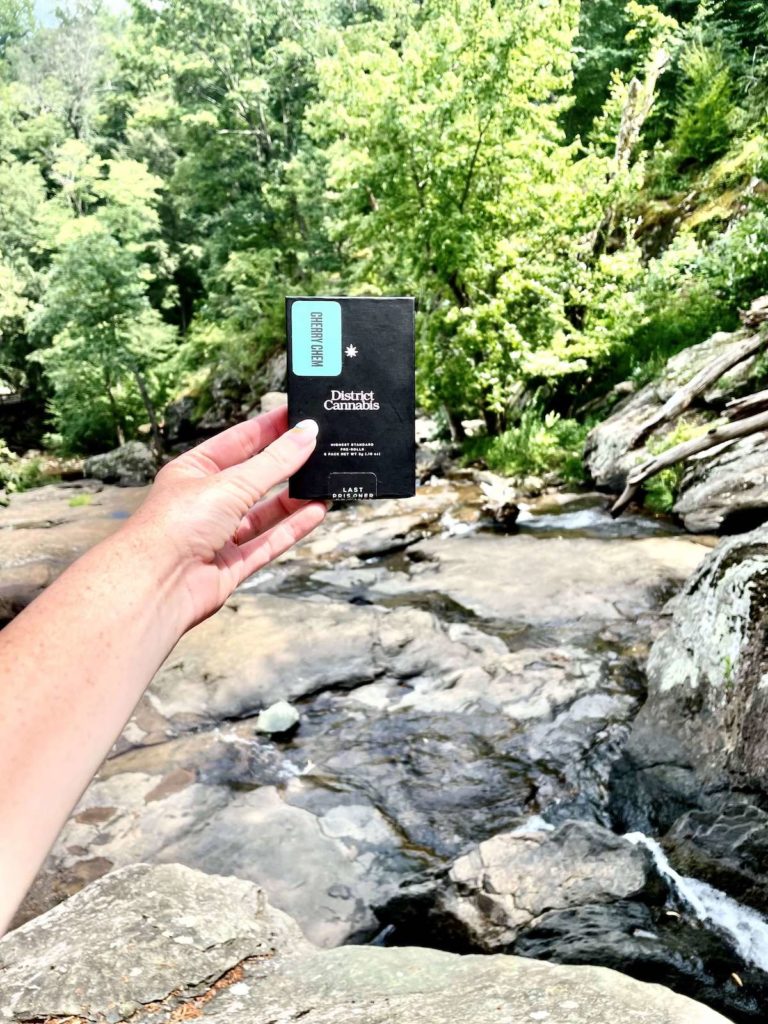pet·ri·chor /ˈpeˌtrīkôr/
noun
a pleasant smell that frequently accompanies the first rain after a long period of warm, dry weather.
It was a stormy summer evening as I was wrapping up after long day at the Hagerstown facility. The high today was over 100 degrees and in true Maryland fashion- humid as hell. Many of the other employees had already made their break for their vehicles, but as I stood under the overhang in front of the main door I was overcome with a rush of peaceful emotions. The smell of the rain on the previously scorching asphalt evoked some ancient childhood memory of mine. In wine, we would call it Petrichor.
I’ve experienced it before when I used to work in cultivation. Post-harvest showers were the peak of my day. All the terpenes stuck to my skin and hair would evaporate off and fill the steam with their medicinal aromas. Immediately I would feel each vertebrate in my spine relax, my shoulders would begin to release from my neck, and an audible sigh would escape from my tired lungs. In those moments the world spun a little slower, I felt a little lighter, and the problems that followed me throughout the day seemed a little further away.
I sat in my car, trying to marry the science and logic in my brain to explain what I had just experienced in the parking lot. The rain reminded me faintly of the terpene, Humulene, commonly found in cannabis. This terpene is also prevalent in plants such as balsam fir, hops, basil, and ginseng. It lends cannabis strains their earthiness or woodiness. A bacteria known as Streptomyces grows abundantly in soil and are largely responsible for the odor of damp soil. This odor is due to the production of a number of volatile sesquiterpenoid compounds known as geosmins. When it rains, especially heavily, the Streptomyces release these compounds into the surrounding air. The human nose is extremely sensitive to geosmin. If you poured a teaspoon of geosmin into the equivalent of 200 Olympic-sized swimming pools, you would still be able to smell it. Geosmin typically produces an earthy or musty odor typically found in the odor of overturned rich soils, and is present in some foods such as beets, spinach, and mushrooms. As it turns out, both geosmin and humulene are sesquiterpenes, imparting their environments with earthy, musty, aged aromas. Sesquiterpenes consist of three isoprene units and have the molecular formula C15H24. Sesquiterpenes are also the principal constituents in many essential oils like Cedarwood, Vetiver, Spikenard, Sandalwood, Black Pepper, Patchouli, Myrrh, and Ginger.
So go grab your Cherry Chem pre-rolls (oh hey Humulene) and plan a sunrise hike so you too can soak up the geosmin of the forest before the sun evaporates off all its earthy magic.
Sources:
- Sharma, … S. Saxena, in Encyclopedia of Food Microbiology (Second Edition), 2014.
- Gleason,..R. Chollet, Plant Biochemistry, (pg 180-190), 2012.
- Ludwiczuk, A.; Skalicka-Woźniak, K.; Georgiev, M.I. (2017). “Terpenoids”. Pharmacognosy: 233–266.




